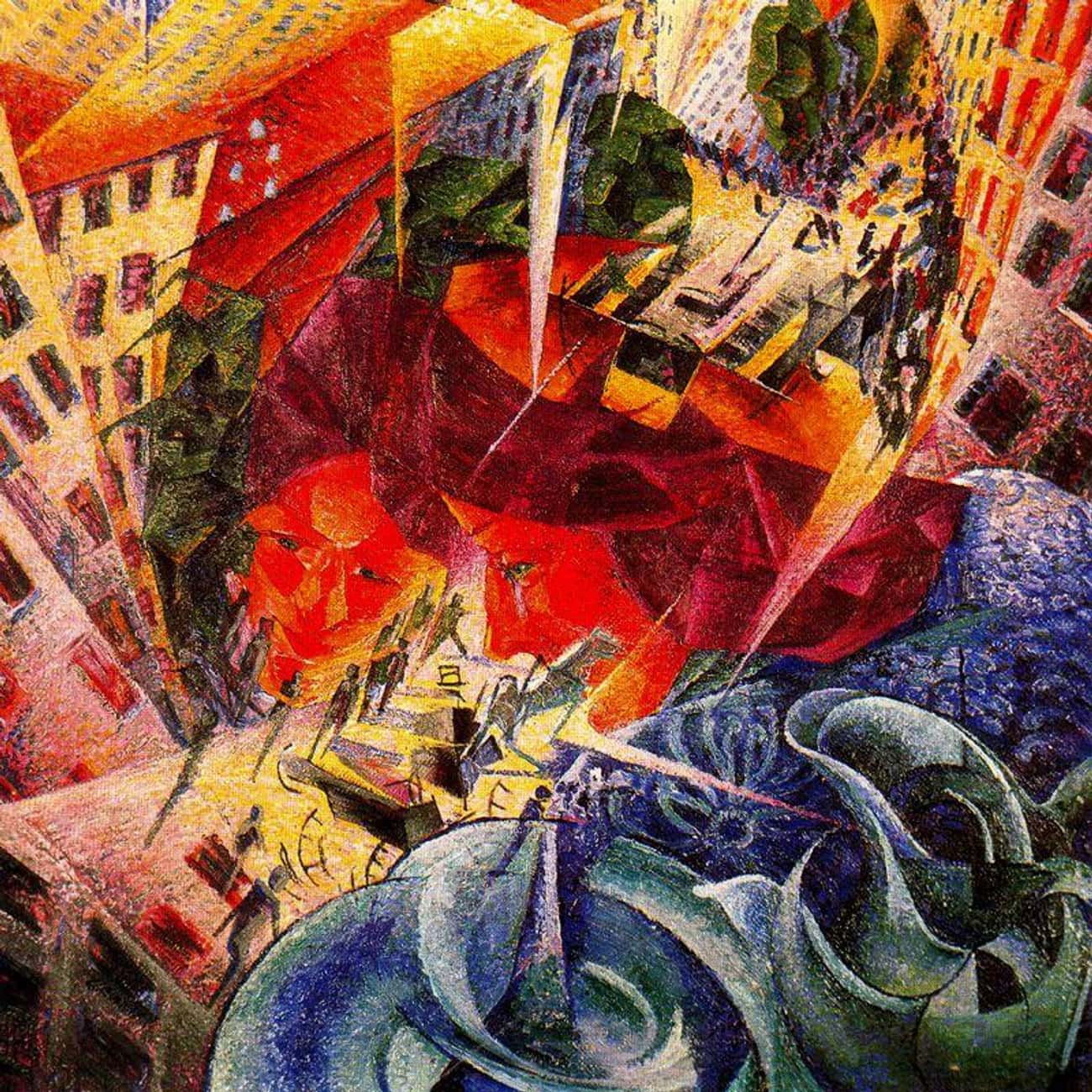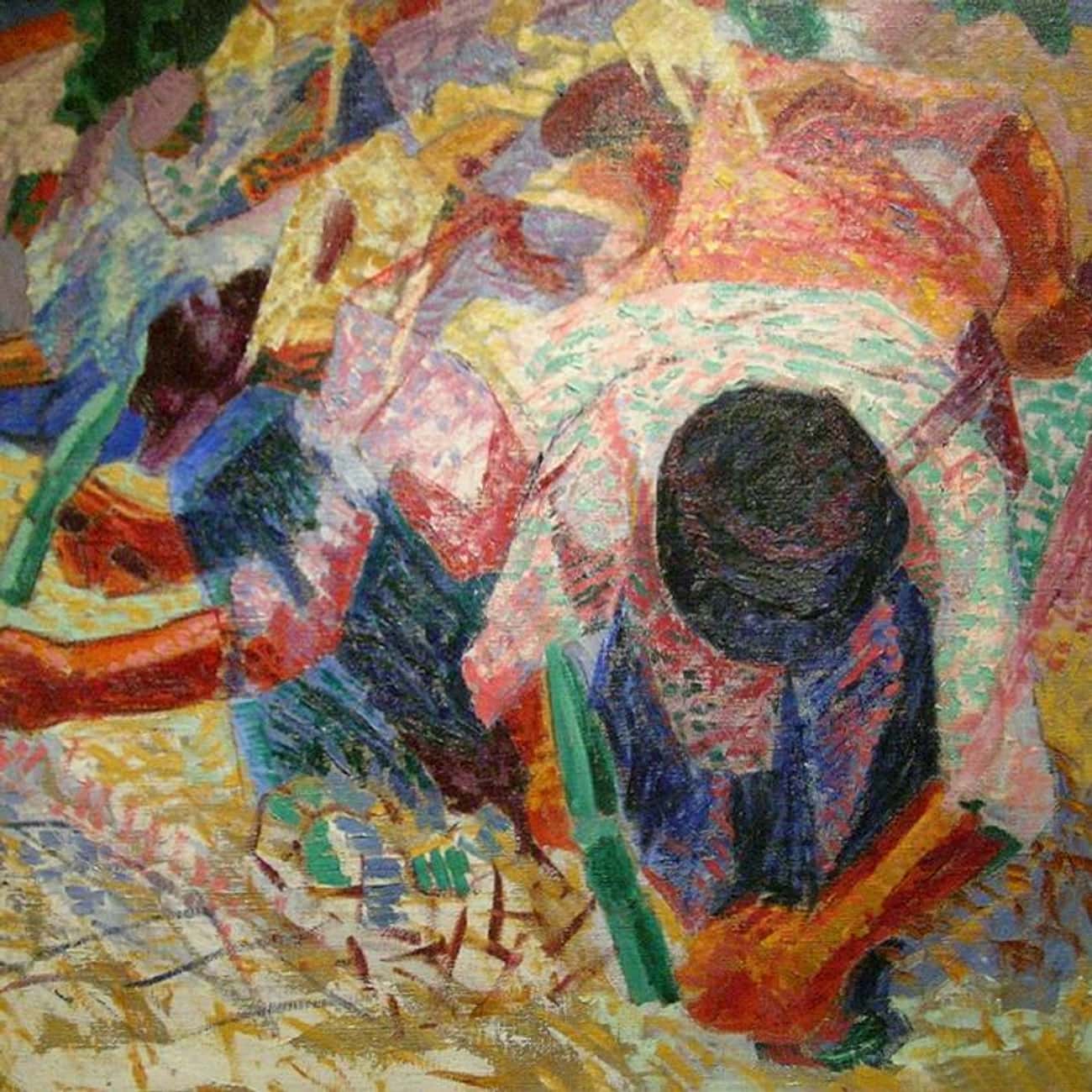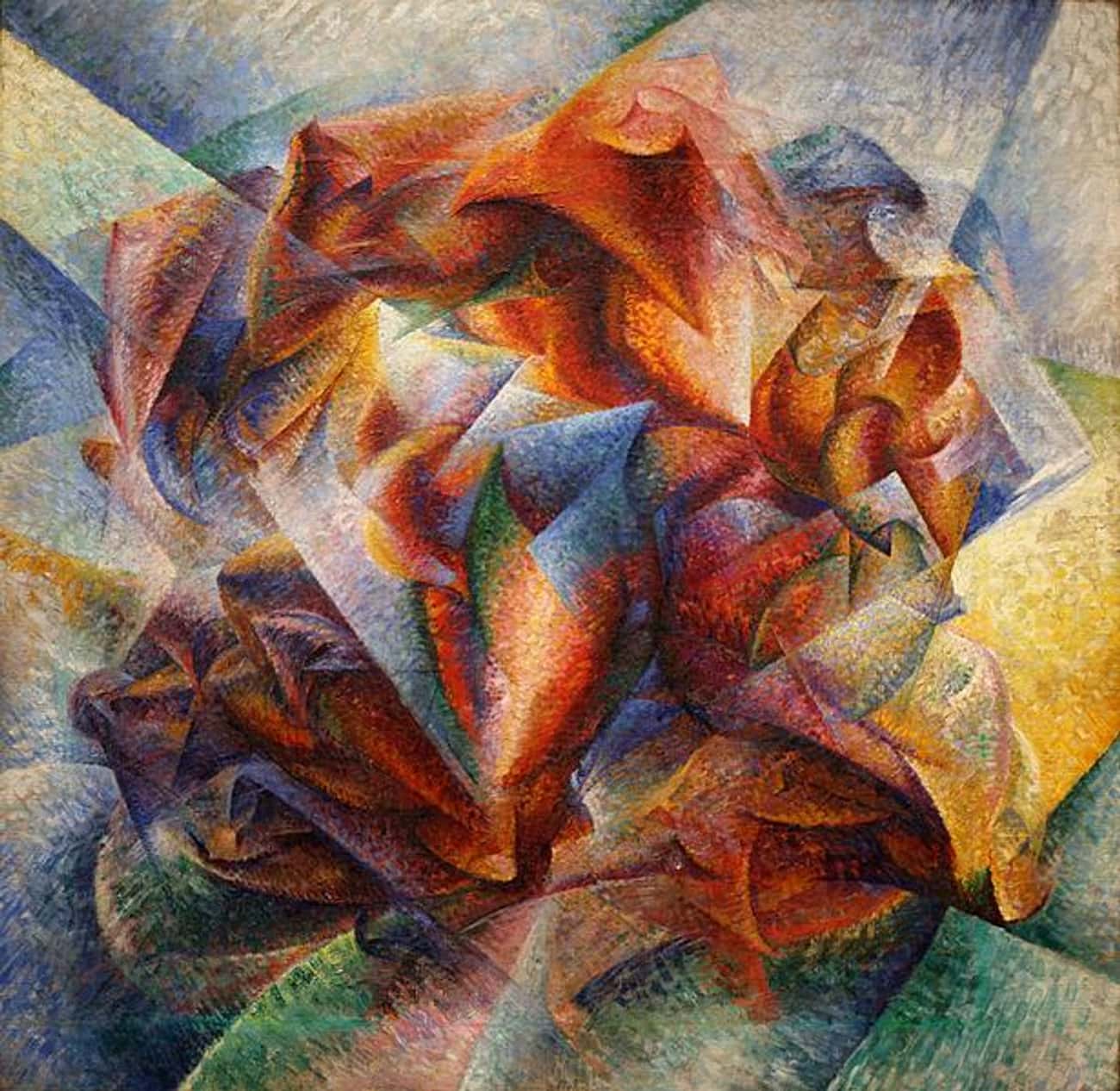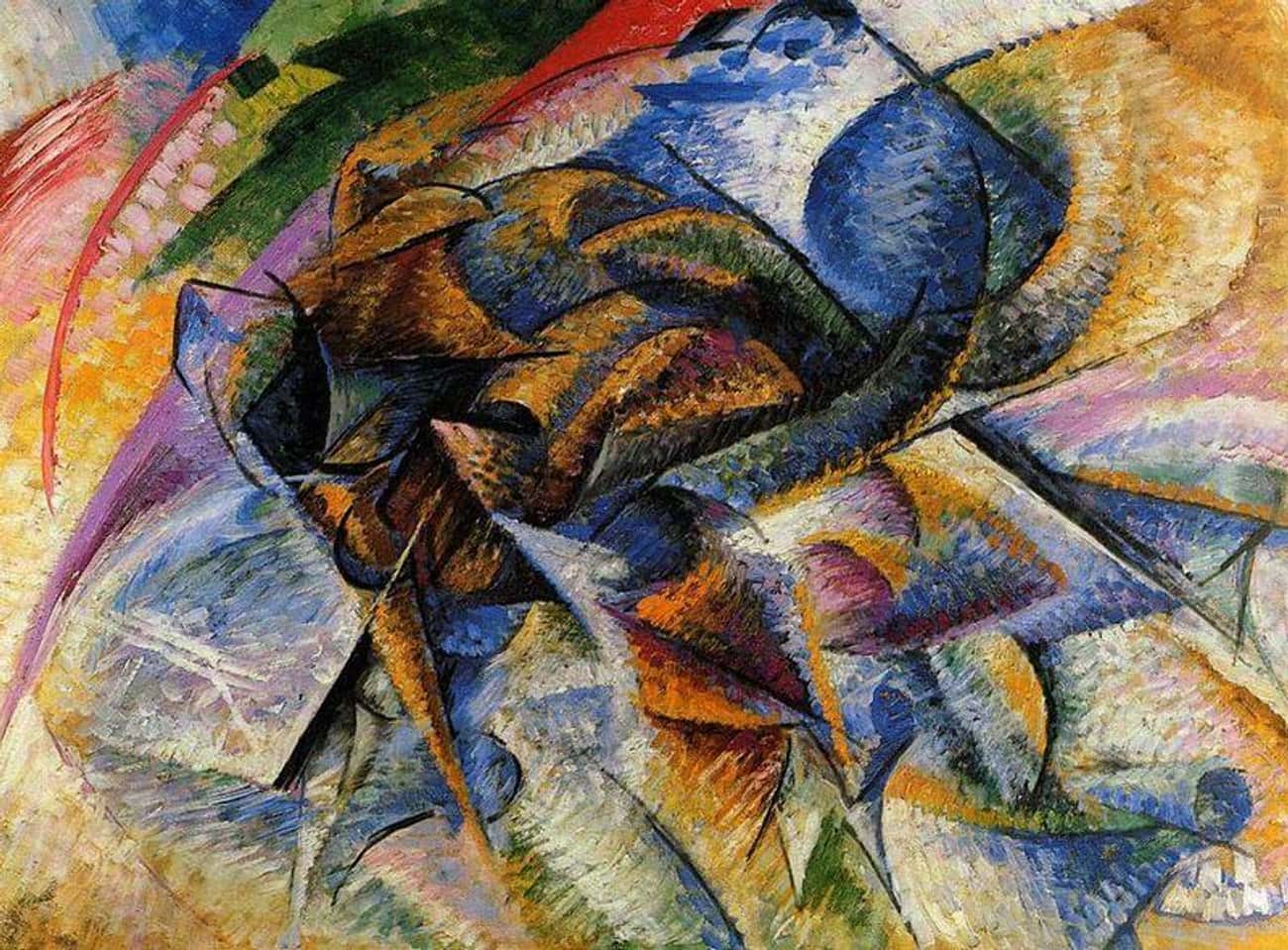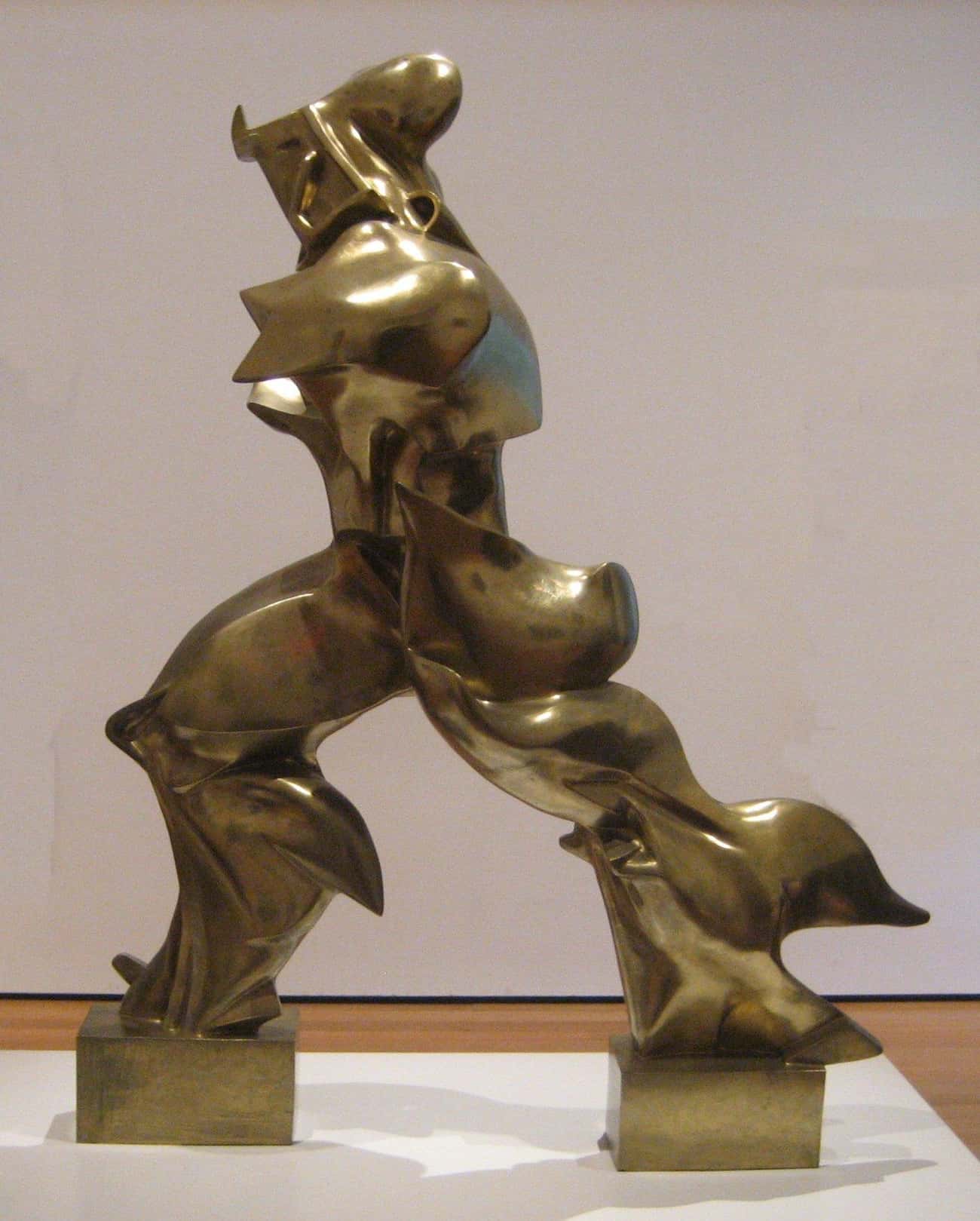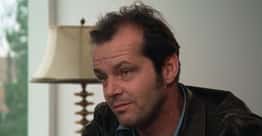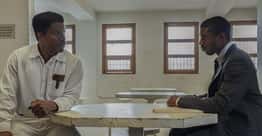The Greatest Works of Famous Futuristic Art
- 111 VOTESPhoto: Metaweb (FB) / Fair useThe Funeral is a painting by the German Expressionist artist George Grosz, completed between 1917 and 1918. The work combines elements of Futurism and Cubism to show a funeral procession in a modern urban city, as an infernal abyss populated by twisted and grotesque attendants. The painting is dedicated to the German psychiatrist and avant-garde writer Oskar Panizza, noted for his play Liebeskonzil, which draws on the first historically documented outbreak of syphilis and depicts God the Father as a senile old man. Although Panizza's works, in which he rejected all militarism and religious authority, were deemed blasphemous by both the Church and government of Emperor Wilhelm II, they were later admired by Grosz and other idealists of his generation. The painting seeks to emulate medieval depictions of hellscapes, mainly through dramatic colourisation—in particular through its use of red light—as well as through the depiction of multitudes of layered distorted bodies and limbs, echoing the work of Bruegel in the 16th century. A skeleton representing the Grim Reaper sits on the coffin, drinking from a bottle.
- 26 VOTES
Simultaneous Visions
Photo: Metaweb (FB) / Public domainSimultaneous Visions (1911-1912) is a painting by Italian Futurist artist Umberto Boccioni. - 316 VOTESPhoto: Metaweb (FB) / Public domainThe Street Pavers (1914) is a painting by Italian Futurist artist Umberto Boccioni.
- 410 VOTESPhoto: Metaweb (FB) / Fair useBird in Space is a series of sculptures by Romanian sculptor Constantin Brâncuși. The original work was created in 1923. It was sold in 2005 for $27.5 million, at the time a record price for a sculpture sold in an auction. The original title in Romanian is Pasărea în văzduh.
- 57 VOTESPhoto: Metaweb (FB) / Public domainDynamism of a Soccer Player (1913) is a painting by Italian artist Umberto Boccioni.
- 61 VOTESPhoto: Metaweb (FB) / Public domainDynamism of a Biker (1913) is a painting by Italian artist Umberto Boccioni.
- 71 VOTES
Unique Forms of Continuity in Space
Unique Forms of Continuity in Space is a bronze Futurist sculpture by Umberto Boccioni. It is seen as an expression of movement and fluidity. The sculpture is depicted on the obverse of the Italian-issue 20 cent euro coin. - 82 VOTES
The Funeral of the Anarchist Galli
The Funeral of the Anarchist Galli is a painting by Italian painter Carlo Carrà. It was finished in 1911, during the artist's futurist phase. It currently resides in New York City's Museum of Modern Art. The subject of the work is the funeral of Italian anarchist Angelo Galli, killed by police during a general strike in 1904. The Italian State feared that the funeral would become a de facto political demonstration and refused the mourning anarchists entrance into the cemetery itself. When anarchists resisted, the police responded with force and a violent scuffle ensued. Carlo Carrà was present. His work embodies the tension and chaos of the scene: the movement of the bodies, the clashing of anarchists and police, the black flags flying in the air. He reflects in a later memoir: I saw before me the bier, covered with red carnations, wavering dangerously on the shoulders of the pallbearers. I saw the horses becoming restive, and clubs and lances clashing, so that it seemed to me that at any moment the corpse would fall to the ground and be trampled by the horses… - 95 VOTESPhoto: Metaweb / GNU Free Documentation LicenseAbstract Speed + Sound (1913-1914) is a painting by Italian artist Giacomo Balla.



